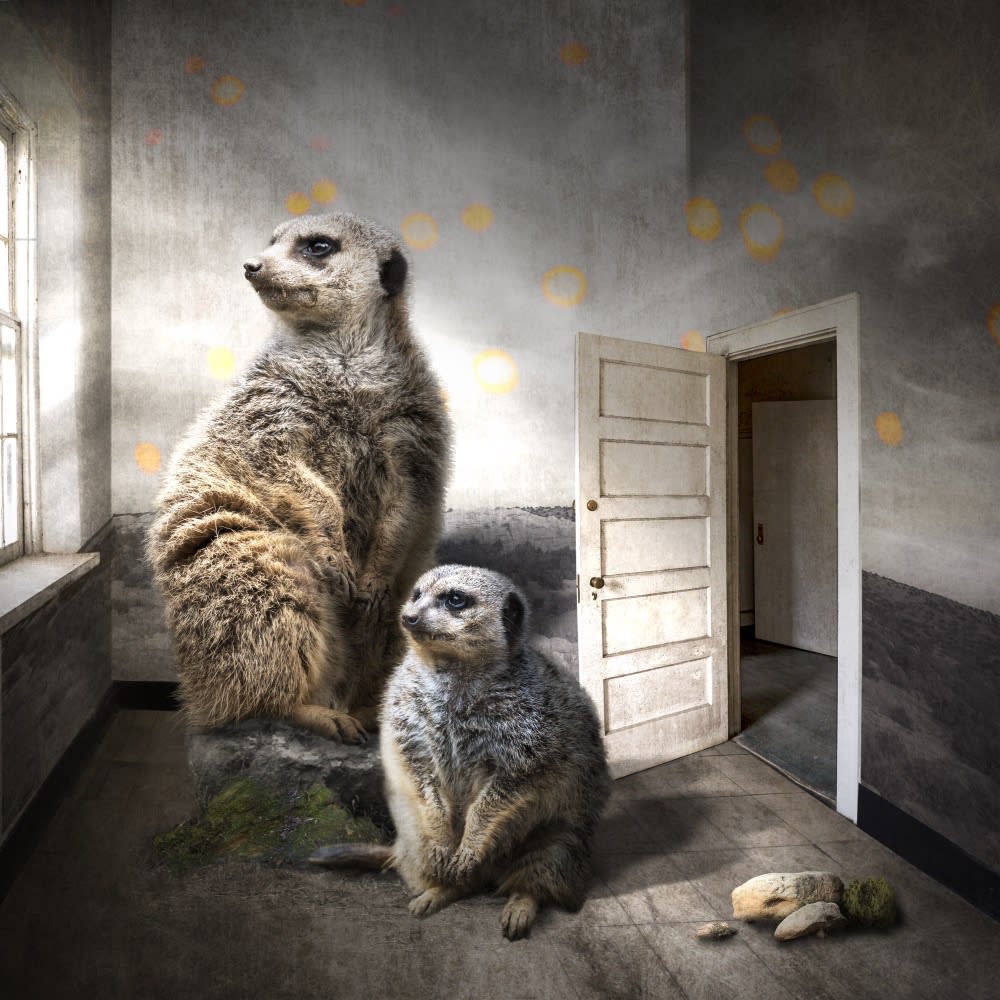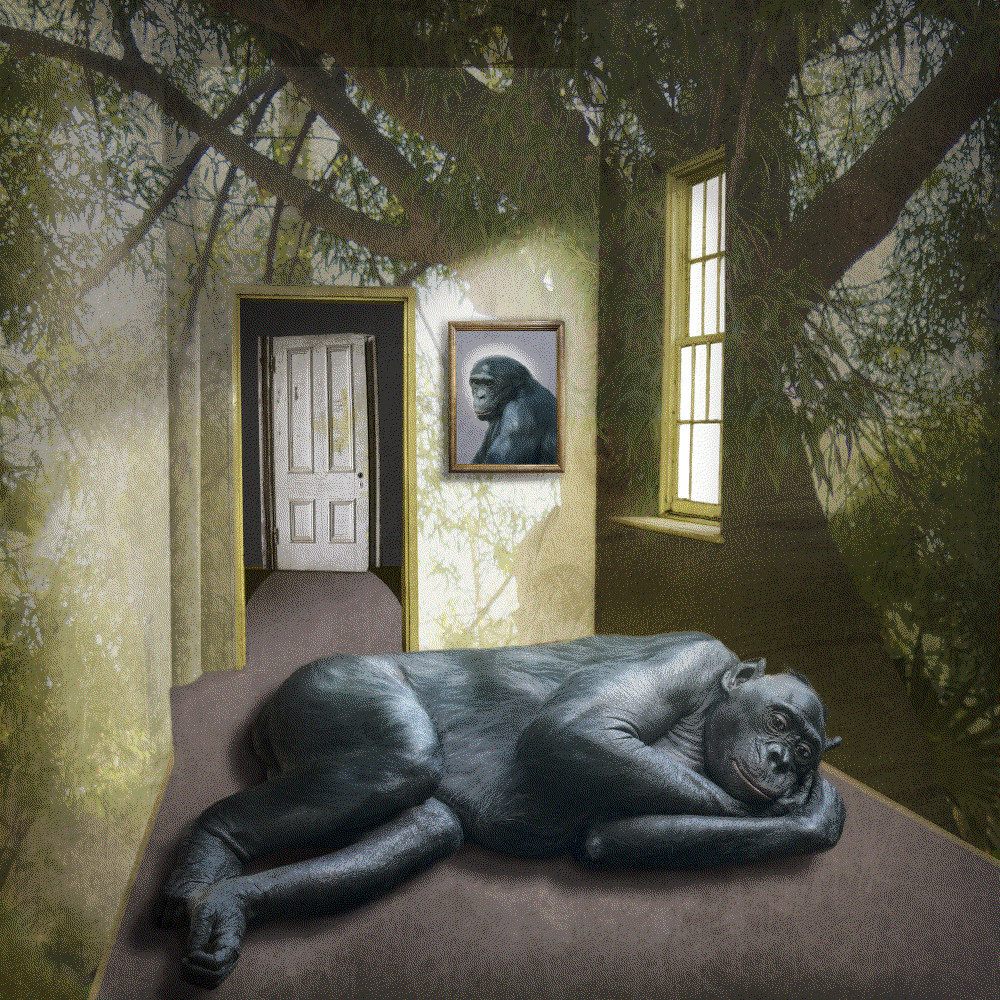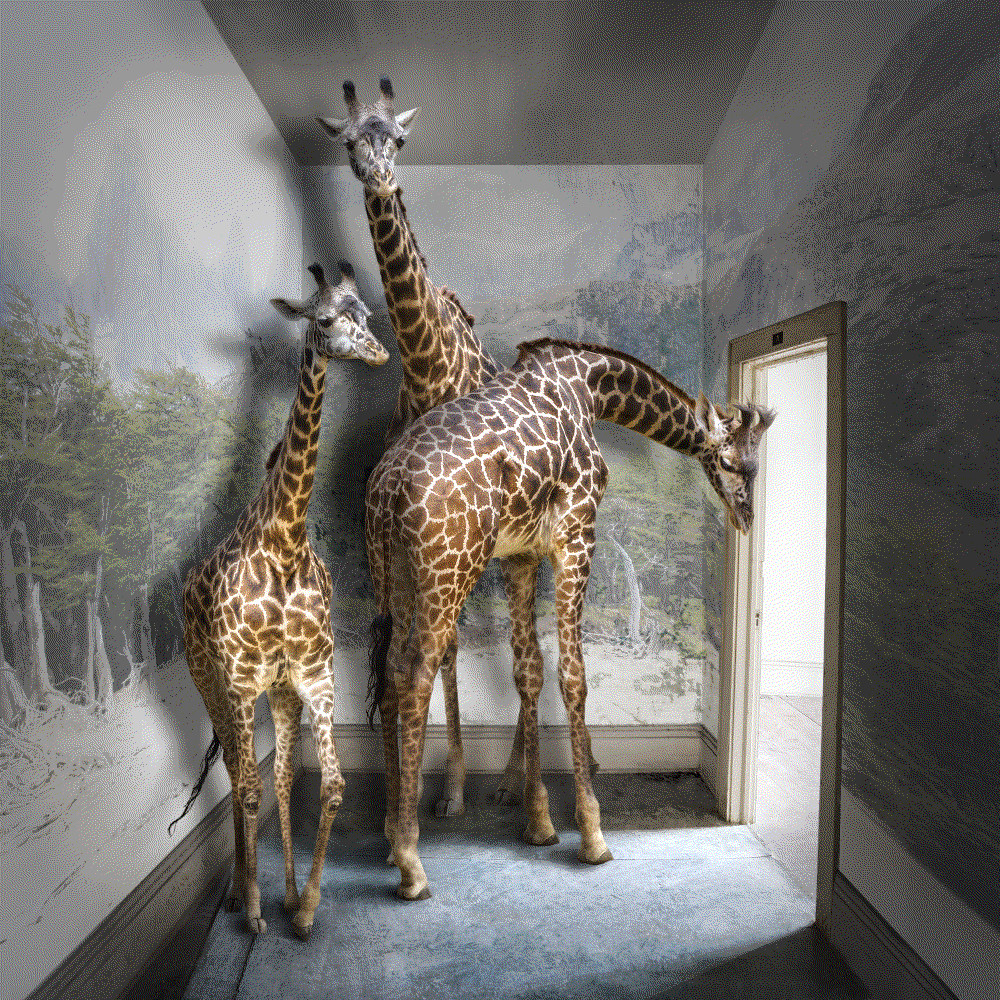At The CAMP, we're not just interested in the the business of art. Sure, there's a wonderful feeling when we make a sale because it encourages the artists we work with and validates our dreams of growing into the platform we know we're meant to be, but it's bigger than that. What we're interested in is art—full stop. The CAMP revolves around a serious love for artistic expression and along with that comes serious people who are just as beautiful as their creation.
This is Introducing, a series of questions and answers sent to the latest artists joining The CAMP and The CAMP Spotlight: their journeys, their inspirations, and even some tidbits you may not find in a run-of-the-mill interview. If there's one thing about us, all of us, it's that we're not like other platforms—we're a community.

Carol Erb. Solar Spots, from Erb's Dominion series. 2021. Photograph on Canson Edition. Multiple editions.
It’s not uncommon to find that a studied artist has made a leap into the corporate world—after all, survival is top priority. Fine art photographer Carol Erb mixes this same adventurous leap by incorporating digital technique with her past experiences in drawing, printmaking, and photography, an approach sparked by her introduction to Photoshop in 2012. Erb touches on this in her beautiful and haunting series, Dominion, which depicts displaced and usually captive animals in explicitly “human” spaces. Through this series, she highlights the disturbing attitudes society has come to have toward non-human animals in tandem with the way human animals treat their own emotions. Her body of work is fearless, be it in concept, visuals, or expression.
Erb joins us at the CAMP this year, another brilliant mind exploring humans’ relationships with the world around them and how they reflect the relationship we have with ourselves. We love an experiment!
When did you know you wanted to be an artist?
I don’t know that I ever felt that I wanted to be an artist. Maybe art choose me. Making an image about how I feel is so much easier that talking about how I feel. Drawing came very naturally to me, so it was a natural progression.
What pressure do you feel as an artist?
There is that fear that your best work is behind you. That you will never have another concept worth exploring. In talking with other artists, I’d say that is a universal fear. The older I get, the less concerned I am about what will come next.
What are you saying with your art?
Almost all of my images are influenced by ideas of philosophy or religion. The Ancient Greeks, the Bible, and modern philosophers like Sartre. The human condition and morality. Concepts that I keep turning over and over in my head. Using those ideas to create an image makes them somehow more concrete in my mind.

Carol Erb. Wish You Were Here, from Erb's Dominion series. 2021.. Photograph on Canson Edition. Multiple editions.
What is it like in your studio?
Very clean and white, with skylights. I find clutter to be distracting. Often times, it’s quiet, not because I don’t like music, but because I get so excited about what I’m doing that I forget to turn it on.
Why do you create the art that you do?
My work is a reflection of how I feel about myself and the world around me. Sometimes boxed in and a bit isolated. I grew up in a culturally protestant environment, where you don’t talk about yourself or how you feel.
.
Who inspires you? And why?
Definitely Rene Magritte. I’m really drawn to the idea of visually representing a concept. In his painting “Hegel’s Holiday”, he shows us a glass of water on top of an umbrella; something that holds water on top of something that sheds water. Opposing functions. Duality.
I’m also inspired by the quote attributed to Amy Arbus: “A picture is a secret about a secret, the more it tells you the less you know”. Images that keep me coming back for more are the images that have a sense of mystery. They don’t tell you everything. I hope that my images ask more questions than they answer.
Tell us about a pivotal moment for you and your career as an artist.
In 2011, a friend asked me to accompany her to an exhibit here in L.A. called Digital Darkroom, which showcased the work of a dozen or so artists, like Maggie Taylor, working with Photoshop to create fine art. At the time, I was vaguely aware of Photoshop, but was unaware that serious artists were using it as a tool to create fine art. The work was so exciting that I immediately bought the software and taught myself to use it. At the time I’d been doing a fair amount of painting and drawing. It felt so liberating to get rid of all that messy paint and work digitally. I love technology and really geek out on all the equipment.
How are you adapting to the socially distant world?
Quite well. I’m lucky enough to live in Southern California, with my husband and our cat. At times, when I have been frustrated, I try to shift my focus on how lucky I am to be comfortable and safe; and so very thankful for Zoom and Netflix.

Carol Erb. Serengeti Room, from Erb's Dominion series. 2021. Photograph on Canson Edition. Multiple editions.
Outside of your art, what is something that you are most proud of?
Helping other artists. I’m on the board of directors of a non-profit photography center with a mission to promote the work of emerging artists and traditionally underrepresented groups. Last month I was the Juror for a photography exhibit in South Carolina. The fine art photography community that I’m a part of is wonderfully generous and supportive of each other, so I love helping out other artists by sharing what I know.
What do you do in your day when not creating?
My husband and I love to hike in the local mountains, which we can do year round here in LA. Up until a year ago, travel was a big part of my life. My new guilty pleasure is working on jigsaw puzzles. Pre-Covid, it’s something that I would have consider to be a total waste of time, as you have nothing tangible as a result of so much effort. I’ve convinced myself that I’m filling a need to have total control over something in my life, which in this crazy year, I desperately need.
Lastly: tell us a story, anything, that lets readers know who you are—the person.
I have a phobia of old, used things. Antique malls, resale shops, any place selling used things would bring on a sense of panic. The germs, the odor, and the visual clutter.
I had to confront this phobia head on when my husband’s mother could no longer live independently. A classic hoarder, her home had become a mountain of trash, with narrow paths snaking thru the piles of garbage. We later learned that her hoarding and denial were symptoms of dementia. As her only living relatives, we had to clean it up. My husband was working, so most of it fell to me. It took almost a year of careful sifting and sorting. I found some truly disgusting things. But I also found long forgotten family heirlooms and fascinating letters and diaries.
I gradually relaxed as the process unfolded. It became a sort of amazing experience. Here was a family story, so different from my own, a family that I was connected to through my husband. As a result, I am working on a new still life series called “Small Wonders” which utilizes many of the objects we found.
